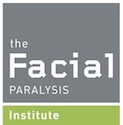
Regaining Confidence After Facial Paralysis Surgery
Tips for Regaining Confidence After Facial Paralysis Surgery Facial paralysis surgery is sometimes used to treat Bell’s palsy, synkinesis and other conditions that cause facial weakness. It often helps individuals strengthen weak smile muscles and address other forms of facial paralysis. At the same time, facial paralysis surgery may require an extensive recovery process. At […]
Read more
Facial Paralysis and Eye Management
Facial paralysis sometimes puts a person’s eyes in danger. If a person is dealing with facial paralysis, he or she may struggle to open and close the eye on the paralyzed side of the face. In this instance, facial paralysis exposes the cornea, the eye’s clear, outermost layer. The cornea protects the eye against dirt, […]
Read morePermanently Treating Facial Paralysis, Bell’s Palsy and Synkinesis with Modified Selective Neurectomy
Modified Selective Neurectomy for Facial Paralysis Modified selective neurectomy, also known as selective neurolysis, is a groundbreaking smile reanimation procedure created by globally recognized and Harvard-trained facial paralysis and reconstructive surgeon Dr. Babak Azizzadeh. It is a permanent facial paralysis treatment option that has helped many patients regain the ability to produce a natural, spontaneous […]
Read more
How to Treat Congenital Facial Paralysis with a Gracilis Muscle Transplant
How to Treat Congenital Facial Paralysis with a Gracilis Muscle Transplant For people who have lived with long-term or congenital facial paralysis, it can be easy to feel despair because they think there’s nothing that can help them. However, if they are dealing with unilateral or bilateral facial paralysis, they may be good candidates for […]
Read more
How Has Facial Paralysis Treatment Changed Your Life?
How Has Facial Paralysis Treatment Changed Your Life? When it comes to treating facial paralysis, naturally there is a great deal of focus on external changes and how a patient’s appearance will look different as a result of the treatment. But facial paralysis treatment can bring many other kinds of changes that aren’t as readily […]
Read more
Does Bell’s Palsy Reoccur? Here’s What You Need to Know
Bell’s palsy is one of the primary causes of facial paralysis worldwide. And, in some instances, it can be a recurring issue. What Is Recurrent Bell’s Palsy? Bell’s palsy causes facial muscle weakness. It can affect people at any age and causes facial paralysis and other physical symptoms that generally disappear on their own. Recurrent […]
Read more
Why is Ramsay Hunt Syndrome Often Misdiagnosed?
It comes on suddenly. Your face starts to droop on one side, to the point you can’t make facial expressions or close your eye. You have problems hearing with the ear on that side of your face and food tastes differently. You might assume you have Bell’s palsy. However, there is another condition with similar […]
Read more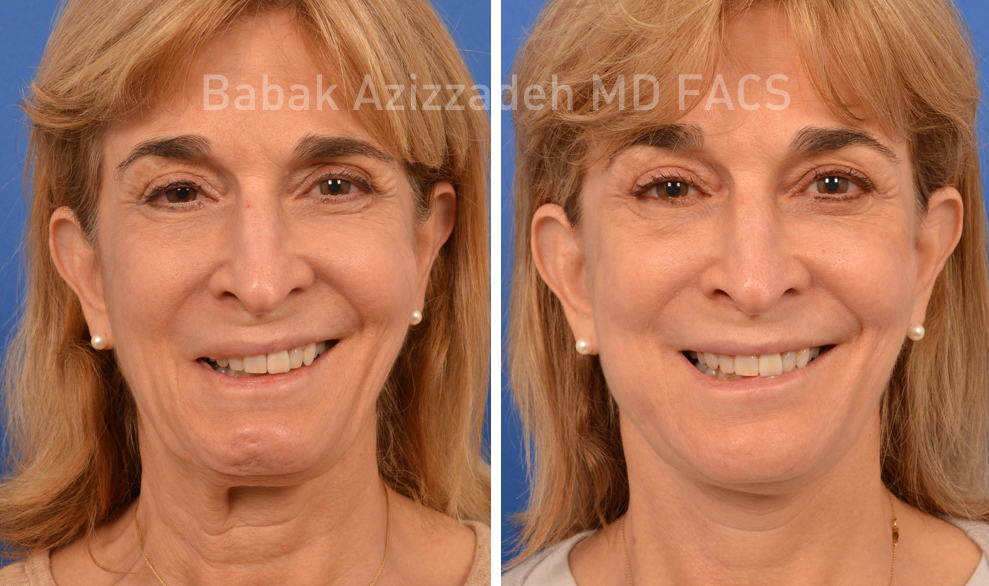
What to Do If You Have Facial Nerve Damage After Acoustic Neuroma Surgery
Acoustic neuroma surgery sometimes requires the removal or manipulation of a section of the facial nerve. Due to the delicate nature of the facial nerve, residual swelling and damage may cause temporary or permanent facial paralysis and synkinesis. Patients generally require at least a year for recovery after an acoustic neuroma procedure. If the facial […]
Read more
How the Facial Nerve and Parotid Gland Are Connected
What Is the Facial Nerve-Parotid Gland Connection? The facial nerve-parotid gland relationship is unique. And, for patients who require parotid tumor removal, it is beneficial to work with a surgeon who understands this relationship. What Is Parotid Tumor Removal? Parotid tumor removal, also known as a parotidectomy or parotid surgery, is used to address abnormal […]
Read more
Do I Have Bell’s Palsy? Here’s What You Need to Know
Do I Have Bell’s Palsy? Here’s What You Need to Know Those who experience sudden facial weakness on one side of the face may be dealing with Bell’s palsy. But, it is important to note that Bell’s palsy is a complex condition. As such, comprehensive testing is necessary to verify if an individual’s symptoms are […]
Read more
Why Are Gold Eyelid Weights Gold?
Why Are Gold Eyelid Weights Gold? A gold eyelid weight is sometimes surgically implanted inside the upper eyelid as part of a facial paralysis treatment. The weight helps restore a facial paralysis patient’s ability to close the eye. Meanwhile, the weight’s gold construction ensures the implant is safe for use in magnetic resonance imaging (MRI) […]
Read more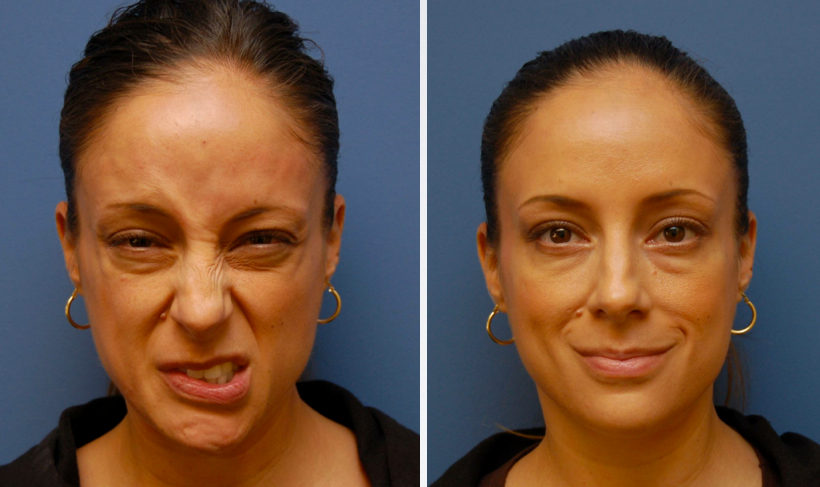
Treating Longstanding Bell’s Palsy with Botox, NMR and Selective Neurolysis
Treating Longstanding Bell’s Palsy with Botox, NMR and Selective Neurolysis For some Bell’s palsy patients, Botox alone is insufficient for long-term treatment. In fact, neuromuscular retraining (NMR) from an expert physical therapist commonly is used in conjunction with Botox injections to treat Bell’s palsy symptoms. Or, selective neurolysis is an advanced surgical option for long-term […]
Read more
Why Bell’s Palsy During Pregnancy Is More Common Than You Thought
Why Bell’s Palsy During Pregnancy Is More Common Than You Thought Did you know that pregnant women are at a higher risk of developing Bell’s palsy? Pregnancy itself can present enough challenges, so if you experience Bell’s palsy during pregnancy or after birth, we want to make sure you are fully educated on what is […]
Read more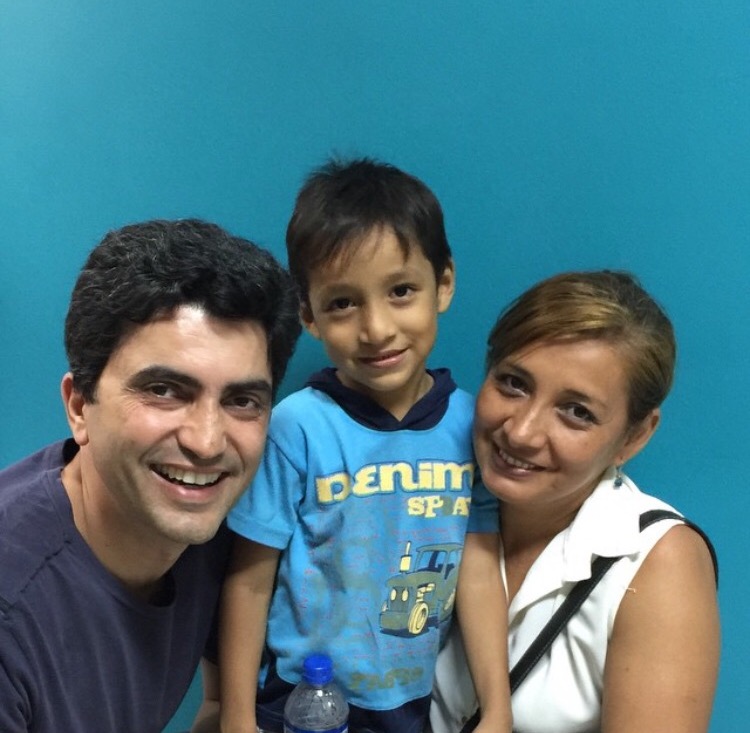
Causes of Pediatric Bell’s Palsy
What Are The Causes of Pediatric Bell’s Palsy? Pediatric Bell’s palsy can affect any child. The condition refers to facial weakness or paralysis, and it can be caused by damage to the 7th cranial (facial) nerve. This nerve sends messages from the brain to each side of the face, controlling everything from blinking to smiling […]
Read more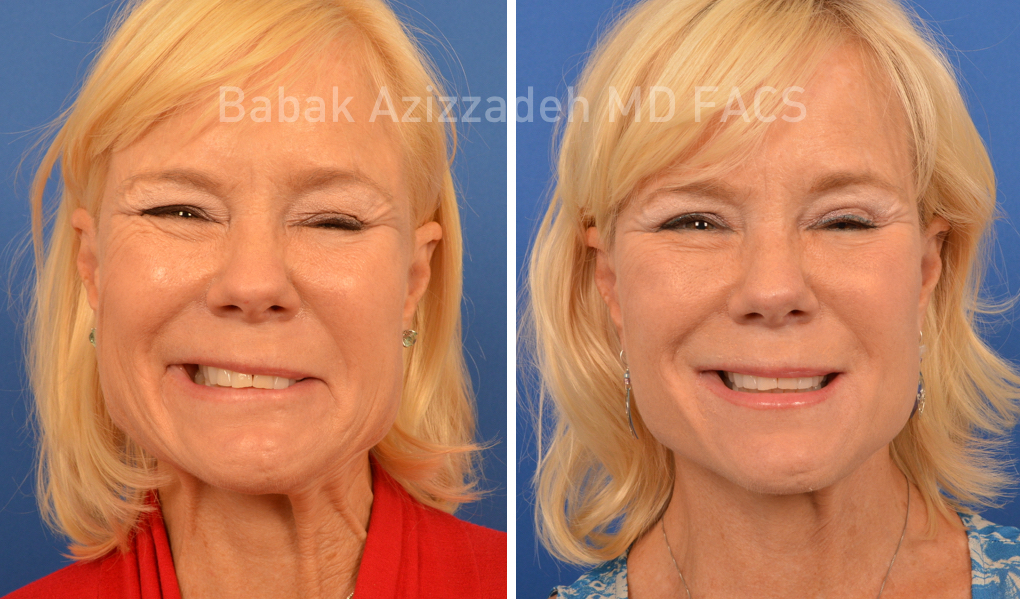
Facial Paralysis vs. Facial Synkinesis
Difference Between Facial Paralysis vs. Facial Synkinesis There are many similarities between facial paralysis and facial synkinesis. However, the disorders are not interchangeable, and it is important for patients to know how to differentiate between the two for appropriate diagnosis and treatment. Facial paralysis refers to the loss of facial movement due to nerve damage. […]
Read moreINFOGRAPHIC: What You Need to Know About Selective Neurolysis Surgery
What You Need to Know About Selective Neurolysis Surgery in an Infographic Selective Neurolysis Consultation Dr. Babak Azizzadeh is a world-renowned facial plastic and reconstructive surgeon. He pioneered the selective neurolysis procedure and provides support to partial facial paralysis and synkinesis patients. During a selective neurolysis consultation, Dr. Azizzadeh will discuss all treatment options with […]
Read moreSTATIC SLING for Facial Paralysis
Static sling, Static Suspension, facial paralysis treament Static suspension can create better facial symmetry as well as improve some of the most difficult side-effects of facial paralysis including drooling and biting of the inner gum. Dr. Babak Azizzadeh typically uses tensor fascia lata (a tendon-like structure from the thighs) to support and create a laugh […]
Read moreGracilis Muscle Flap Transplant For Facial Paralysis
About Gracilis Muscle Transfer A gracilis muscle transfer represents one of the most advanced surgical techniques for restoring facial movement in patients with long-term facial paralysis. This sophisticated microsurgical procedure involves transplanting a small portion of the gracilis muscle from the inner thigh to the face, complete with its blood supply and nerve connections. Understanding […]
Read more
What is Moebius Syndrome?
Facial Paralysis can be devastating for people of any age, but especially for young children. Moebius Syndrome is a rare, congenital neurological disorder that presents a variety of complications and visible symptoms. Because the condition is caused by the underdevelopment or absence of the 6th and 7th cranial nerves, the main sign of Moebius Syndrome […]
Read more5 Facial Nerve Paralysis Treatment Options
Facial Never Paralysis Treatment Options Facial Paralysis Institute in Beverly Hills specializes in facial nerve paralysis treatment options that are custom-designed for each individual patient. To learn more about five of the primary methods in which our experts help patients find relief from facial paralysis, please click below.
Read moreNerve Transplant for Facial Paralysis
Nerve Transplant for Facial Paralysis Nerve transplants are one of the many cutting-edge procedures performed at the Facial Paralysis Institute in Beverly Hills. They provide hope for patients who have suffered from long-term facial paralysis and do not know of any methods that can help them regain facial movement.
Read more
Best Treatments for Bell’s Palsy?
Bell’s palsy is a form of temporary facial paralysis that often affects one side of the face. However, some patients may experience bilateral Bell’s palsy. Bell’s palsy disrupts messages between the brain and facial muscles, resulting in facial paralysis or weakness.
Read more
Is Botox for Facial Synkinesis Safe and Effective?
Botox has been a top treatment for synkinesis for the past two decades. It consists of a protein derived from botulinum toxin and has been shown to relax unwanted muscle movements in the face.
Read moreRequest your consultation with Dr. Azizzadeh today
Call us at (310) 657-2203 to schedule an appointment.
Schedule a Consultation